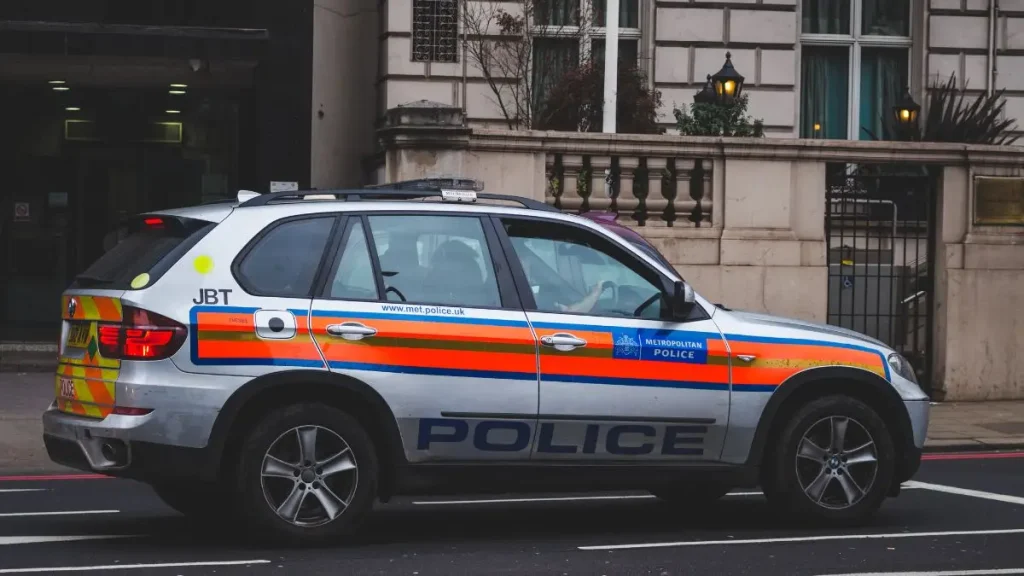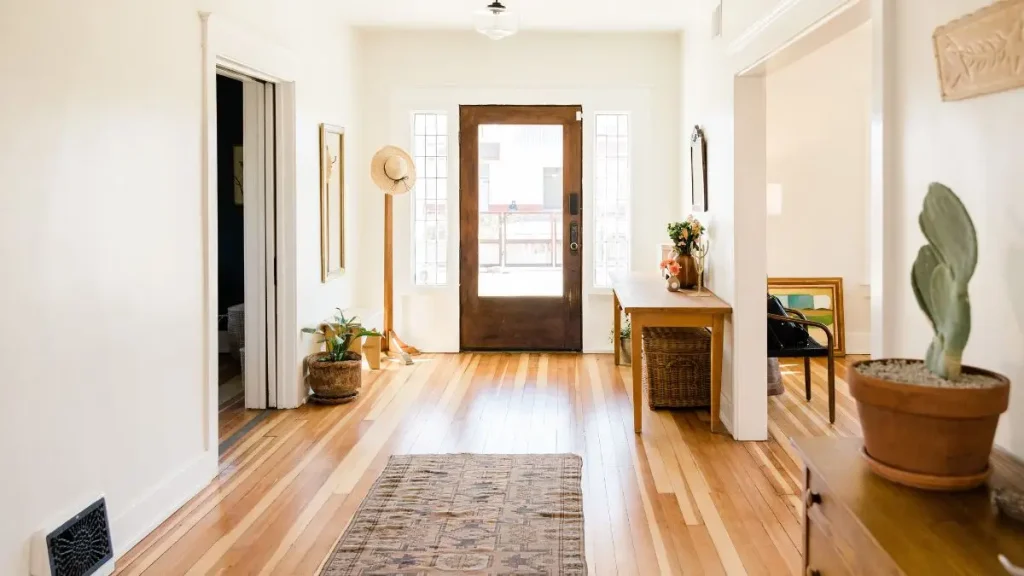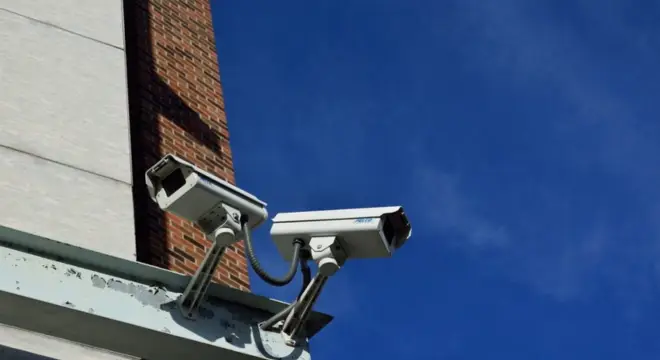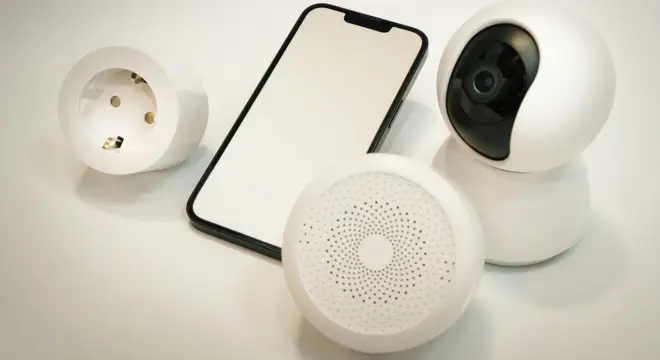A Teen Lost to Gunfire at Home: What You Can Do to Prevent the Unthinkable
Home is where we expect to feel the safest. It’s where families gather, where children grow up, and where daily life unfolds behind closed doors. But what happens when danger doesn’t knock—when it crashes through, uninvited and unexpected?
The recent tragic death of a young basketball star has shaken that very assumption, reminding us that no neighborhood or household is immune to random violence. As heartbreaking as it is, such events bring with them a critical question: are we doing enough to secure our homes against the threats that exist just beyond our front doors?
When Safety Fails Inside the Home
In a world where crime is increasingly unpredictable, the idea that your home is your sanctuary is no longer guaranteed. A devastating example of this occurred when 18-year-old high school basketball standout Caleb White was fatally struck by a bullet that entered his family’s home. The incident, which was reported by The Post and Courier, has left a community in mourning and raised nationwide concerns about how secure our homes truly are.
White, who was known for his talent and bright future, became the victim of a stray bullet—an event no family can prepare for emotionally, but one that forces us to consider how to prepare structurally.
His death wasn’t the result of a personal conflict or criminal intent targeting him specifically; instead, it was a tragic reminder of how vulnerable homes can be, especially in neighborhoods impacted by stray gunfire or escalating violence.
The Hidden Risks: How Violence Reaches Beyond the Streets

Many people associate danger with being outside—on the street, in unfamiliar areas, or after dark. But more and more incidents prove that violence can reach much further than that. Bullets don’t respect walls, and chaos doesn’t always stay where it starts.
Stray bullets, break-ins, and even targeted attacks have brought trauma into homes across the country. The risks go beyond high-crime areas; even seemingly quiet suburbs can become the backdrop for such tragedies.
It’s no longer enough to rely on location as a defense. A gated community doesn’t guarantee safety, nor does a “good neighborhood.” Crime has become more mobile and more random—and home security must evolve to meet that reality.
What Families Can Do: Practical Improvements to Home Security
In the face of such unpredictable danger, the question isn’t just why this happened—but what can be done to reduce the chances of it happening again? While we can’t control the actions of others, we can absolutely control how prepared our homes are to deal with external threats.
Here are some proactive steps every homeowner can take to better secure their property and protect their loved ones:
- Reinforce Entry Points: Invest in solid-core doors, heavy-duty deadbolts, and smart locks with two-factor authentication. These slow down or discourage break-ins.
- Install Bullet-Resistant Window Film: In areas where gun violence or stray bullets are a concern, protective window films can help minimize the risk of penetration and injury.
- Add Smart Surveillance Systems: High-resolution outdoor cameras with motion detection and real-time alerts can deter intruders and provide crucial evidence in case of any incident.
- Improve Lighting and Visibility: Well-lit exteriors with motion-activated floodlights help expose suspicious activity and reduce blind spots around your property.
- Create a Safe Room or Safe Zone: Even a reinforced walk-in closet or an interior room with solid walls and no windows can act as a temporary shelter during active danger.
- Use Noise-Triggered Alarms: Modern security systems can detect sound levels consistent with breaking glass or forced entry and instantly alert the homeowner or authorities.
- Collaborate with Neighbors: Establishing a neighborhood watch or simply staying connected through apps like Nextdoor can significantly enhance community awareness and response time.
These upgrades aren’t just for the wealthy—they’re becoming increasingly affordable and customizable, meaning families can begin improving their home’s security one step at a time. The key is to shift from passive hope to active preparation.
The case of a Silver Spring suspect who returned to burglarize the same D.C. home twice highlights how repeat offenders exploit weak home defense systems.
The Role of Policy & Community Awareness
While personal responsibility is essential, it’s only one part of the larger equation. Ensuring home safety also requires the active involvement of local leaders, policymakers, and law enforcement agencies. Many neighborhoods—especially those disproportionately affected by gun violence—need stronger protective measures that go beyond what a single homeowner can implement.
Improved gun safety laws and better enforcement of existing firearm regulations are crucial. So is community-based policing that encourages trust and open communication between residents and officers. More investment in mental health support, youth programs, and crime prevention initiatives can help reduce the root causes of violence before they reach the front steps of a home.
Additionally, cities and states can offer incentives or subsidies for families looking to install home security systems—especially in vulnerable areas. When local governments take security seriously, they send a message that personal safety isn’t a luxury—it’s a priority.
Ultimately, safer homes begin with smarter decisions—but they endure through shared responsibility.
Smart Technology: A Game-Changer in Modern Home Security

Traditional locks and alarms are no longer enough in an era where threats can arrive without warning. Modern security tech offers powerful, accessible tools to help homeowners monitor and protect their spaces in real time. Here’s how smart technology is transforming the way we secure our homes:
- AI-Powered Surveillance: Cameras with facial recognition and motion tracking can distinguish between known visitors and suspicious activity—reducing false alarms and improving response accuracy.
- Smart Doorbells: Devices like Ring or Nest let you see and speak to anyone at your door, no matter where you are. This alone can deter potential intruders.
- 24/7 Remote Monitoring: Most modern systems offer app-based control, letting you monitor live feeds, get instant alerts, and even lock doors remotely.
- Emergency Integration: Some setups automatically contact emergency services when suspicious activity is detected—buying critical time in a crisis.
- Gunshot Detection Sensors: In areas prone to gun violence, sensors that detect and differentiate gunfire from other loud noises can provide early warnings.
While no system is foolproof, integrating smart tools into your security setup drastically increases your awareness, control, and response time. In uncertain times, technology gives families the edge they need to stay a step ahead.
Final Thoughts
The heartbreaking loss of Caleb White is a reminder of how quickly everything can change, even within the walls of a home meant to protect and nurture. While we cannot erase tragedies that have already happened, we can honor them by learning, preparing, and advocating for better safety standards in our own lives and communities.
Security shouldn’t depend on fear—it should come from preparedness. Whether it’s upgrading physical defenses, staying connected with neighbors, or supporting policies that make neighborhoods safer, every step counts. Tragedies like these are painful, but they also provide the clarity we sometimes need to act with urgency.
In today’s world, being proactive about home security is not just smart—it’s essential.
Home should be the safest place in the world — but real stories like this show how quickly that safety can shatter. Share this article with friends, neighbors, and family — because awareness is the first layer of protection. Let’s build safer homes, together. Explore more safety-first content at BuildLikeNew.
Disclaimer: The content published on BuildLikeNew.com is for informational purposes only and should not be considered as legal, security, or professional home improvement advice. While we strive to provide timely and accurate insights, all readers are encouraged to consult certified experts or licensed professionals before making any decisions based on this content. BuildLikeNew is not responsible for any actions taken based on the information provided herein.


